2021-September-20
Did you know? You can share this story using the social media icons on the upper left. Use the hashtag #WeAreCisco. You can also rate or comment on the story below.
My Son’s Cancer Story
BY SARAH CURTIS · CLIENT EXECUTIVE LEADER · UNITED KINGDOM
WITH HELEN GALL & KRYSTAL CHENG
I joined Cisco four months ago as the Client Executive for the Unilever account. After talking to many Cisco employees — both past and present — I was drawn by the autonomy of the role and the empowerment to make a difference.
In fact, Cisco was the only company I considered when I made my decision to leave Google.
I have been asked many times “What did you do before Cisco?” While I have a career history and part of the response was my professional background, much of my response often provoked a fear, sadness, delayed shock, and genuine sorrow.
This is because on December 7, 2016, my life changed beyond all recognition. I went from being a successful, career-driven strong woman to a cancer mum.
The diagnosis
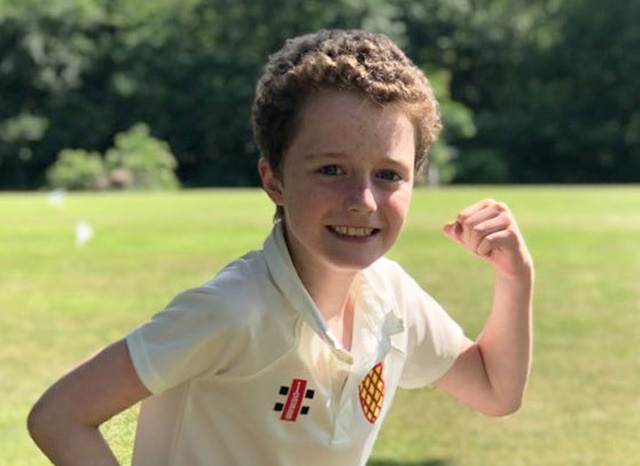
December 7, 2016 was the day I was told that my 8-year-old boy, Sean, had cancer and how serious it was.
Sean was the last child out of school that day. I found him covered in mud, dragging his Physical Education bag and walking very slowly. He was in floods of tears, sobbing. But through his tears, he explained that his class had started contact rugby. Since he was the tallest, he was selected to be tackled more. He just kept repeating “Mummy, I am so very cold”.
When we arrived at the doctors, I asked her if she could give him a bit of a check over. She brushed the dried mud off Sean’s legs, arms, and face. The doctor asked, “Where have all these bruises come from Sean?”
He just shrugged and said, “Rugby?”
“Is he always this pale?” she asked me.
“Yes, he is part Irish, his dad is even more pale.”
“But what about the dark circles under his eyes. How long have they been there?”
It was like I was seeing them for the first time, but now they were all I could see.
Sean sat back down, and the doctor told me, “Sean needs an urgent blood test. Book it as soon as you get home.” She gave me an order for the blood test, with “URGENT” written at the top in red. Sean also got an urgent referral to haematology.
She then took my hand and gave me a look that filled me with dread. She told me that Sean’s liver and spleen were significantly enlarged and that this was urgent.
I bundled Sean up and we drove to the hospital. I dug the blood test request out of my bag and almost in tears, thrust it at the receptionist begging her to help me. A nurse appeared and with a huge smile, looked at Sean, and said, “Come with me, little fella, and let’s get this done.”
I will never forget the kindness of the nurse on that day.
At home 20 minutes later, I got a call from the hospital instructing me to come to Ward E39, the paediatric oncology ward, with an overnight bag. They said it was very likely that Sean had leukaemia.
The treatment
My life had changed beyond all recognition over 24 hours. We moved into Ward E39, which became our home on and off for the next year.
Sean was diagnosed with Acute Myeloid Leukaemia, which is rare in children. Less than 50 children are diagnosed with AML every year in the U.K.
Sean received his first dose of chemotherapy that day (December 8), and we joined a trial. The trial collected data to help improve the current treatment protocols that were 40 years old. Treatment was two rounds of intensive “induction treatment” chemotherapy, followed by two rounds of “consolidation treatment”.
For each round, we lived in the ward for at least one month.
The first round was an attempt to get Sean into remission. His blood was so clogged up with cancer cells that he had a reaction to the treatment that affected his kidneys.
I won’t go into all the ins and outs of his treatment, but suffice to say, we were told he might not survive that night.
The remission and relapse
Over the next four months we stayed in hospital, but, in May 2016, we were discharged. Sean was in remission and cancer free!
But unfortunately, Sean suffered a relapse in July, with a mere 10 percent chance of survival. He went on to have two more rounds of chemo, transplant conditioning, and finally a stem cell transplant on October 25, 2017.
It saved his life.
Now, Sean has annual checkups with the transplant team and is doing phenomenally well.
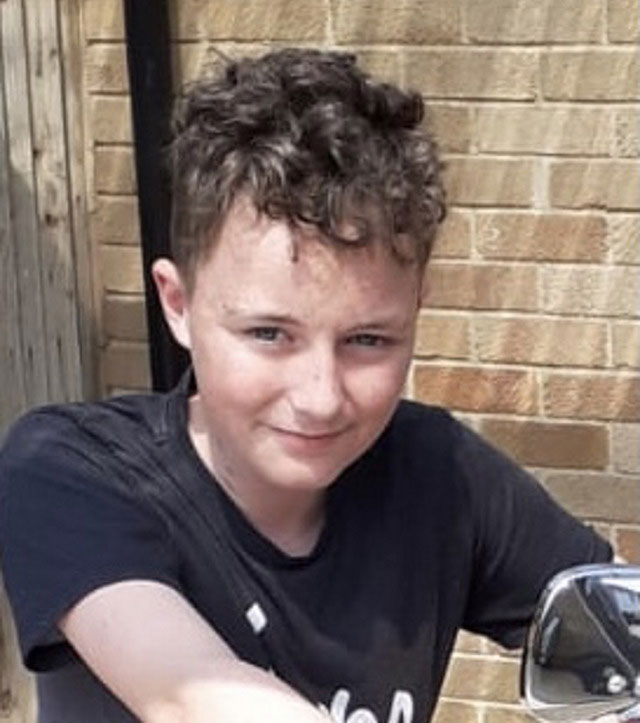
Children’s cancers
Children’s cancer treatment protocols tend to be curative, which can kill or cure. They have high levels of toxicity as the primary objective is eradicating the cancer, rather than prolonging life.
In Sean’s case, he suffered severe side effects from the treatment that have, at times, been as life threatening as the cancer. The outdated protocols that were used to guide his treatment resulted in seven rounds of chemo and a stem cell transplant, one year of high dose steroid treatment, and 18 months of blood washing. Some of this was avoidable.
One day, the doctor told me that they’ve managed to change the protocol based on the data collected through Sean’s case, so that future children will not have to go through the same treatment. This comforted me a lot.
But unfortunately, this isn’t the case for all children and for every cancer.
That’s why I’m now on the board of Children’s Cancer & Leukaemia Group Charity (CCLG), a charity that is passionate about fundingraising for gentler, kinder treatments for children. I have set a goal to raise $50,000 for the charity in FY22.
All donations are very welcome. If you are an employee and make a donation through Bright Funds, Cisco will match your donation. You can also use your Time2Give days.
Late in 2021, the CCLG will run a hybrid and digital conference for their members to share research. If you want to volunteer to help organise this, please contact me.
Related Links
Connect everything. Innovate everywhere. Benefit everyone.
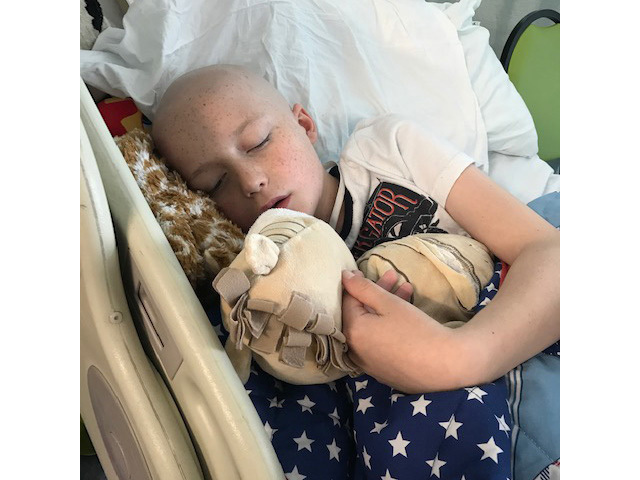
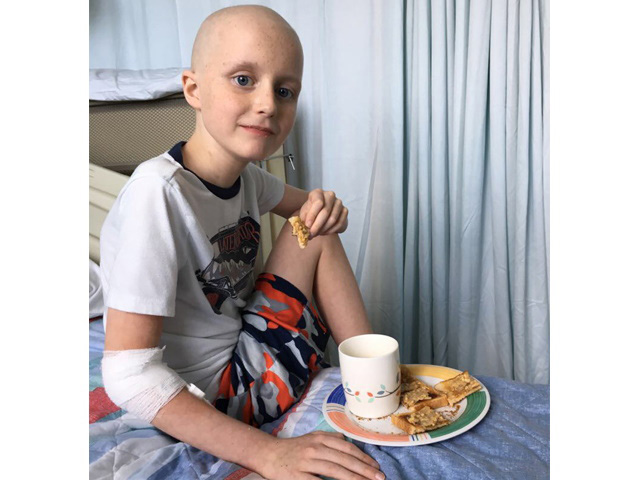
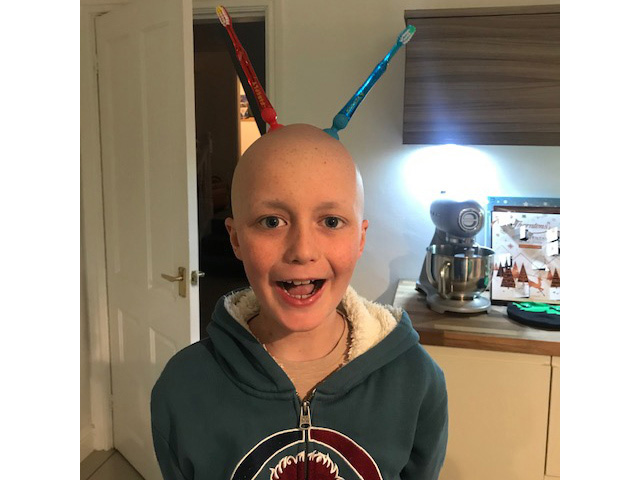
Share your thoughts!
Log in to rate and commentShare your thoughts on the story here!